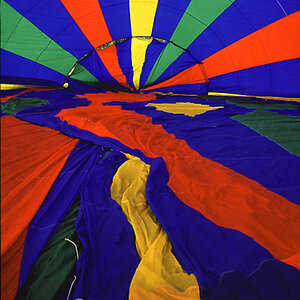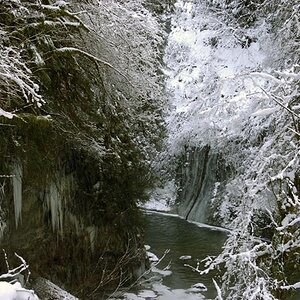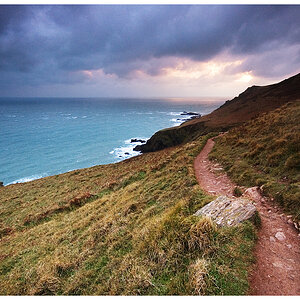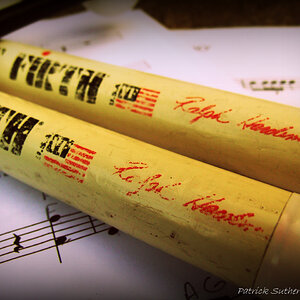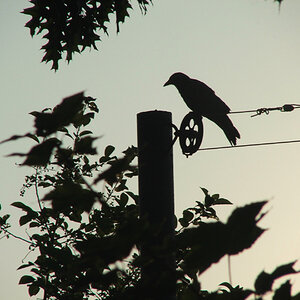Tee_bird
TPF Noob!
- Joined
- Aug 31, 2009
- Messages
- 67
- Reaction score
- 0
- Can others edit my Photos
- Photos OK to edit
Hello everyone. I want to thank you all first, for being such a helpful community. In my first thread here, I asked for macro help, but didn't provide any examples. I'm here to do that now.
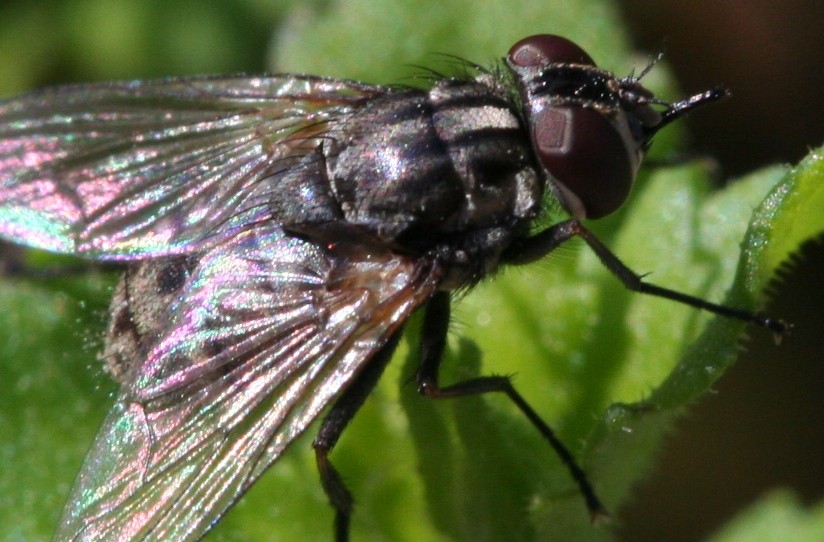
There's a 100% crop from a picture I took just a couple of minutes ago. It's really, really noisy.. and was only taken with 400 ISO. (The ones I took with 100 and 200 weren't much cleaner). It also looks really soft, but I think I was focused okay.
Mind you, this was handheld with no flash. (I'm definitely going to work on Rosemarie's suggestion. Link provided in my original thread by Overread.)
What's something I can do to make this image more crisp and less grainy? Is that the limitation of my camera (Rebel XT)?
PS: I used the Canon 100mm F/2.8 lens for this.

There's a 100% crop from a picture I took just a couple of minutes ago. It's really, really noisy.. and was only taken with 400 ISO. (The ones I took with 100 and 200 weren't much cleaner). It also looks really soft, but I think I was focused okay.
Mind you, this was handheld with no flash. (I'm definitely going to work on Rosemarie's suggestion. Link provided in my original thread by Overread.)
What's something I can do to make this image more crisp and less grainy? Is that the limitation of my camera (Rebel XT)?
PS: I used the Canon 100mm F/2.8 lens for this.



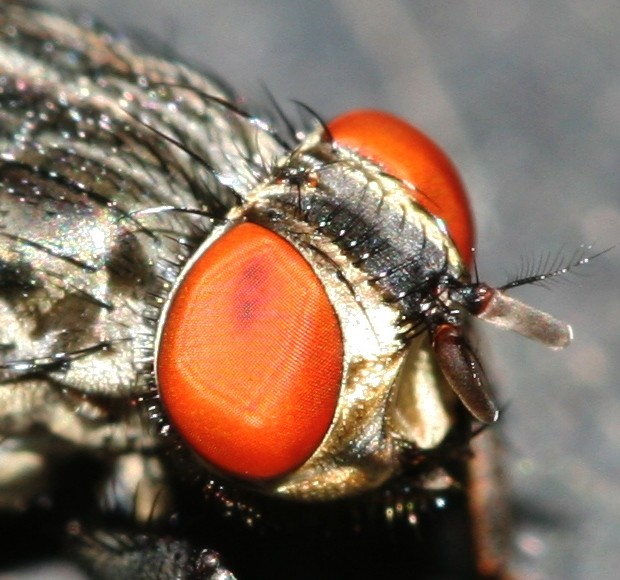

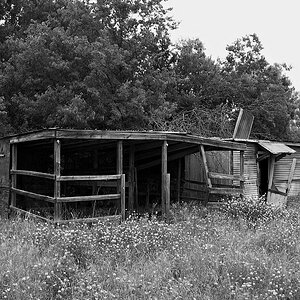
![[No title]](/data/xfmg/thumbnail/39/39291-a89dc472765e04f66f617dd9acc8030d.jpg?1619738958)
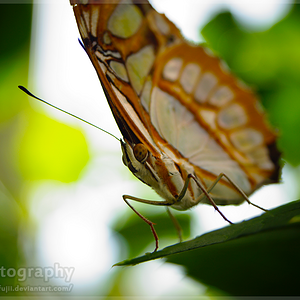
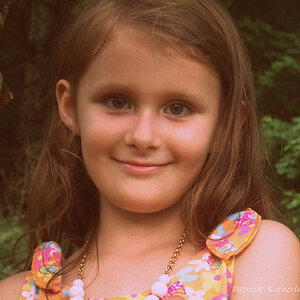
![[No title]](/data/xfmg/thumbnail/31/31977-2b717e032201241cbeae8226af23eba4.jpg?1619735136)
